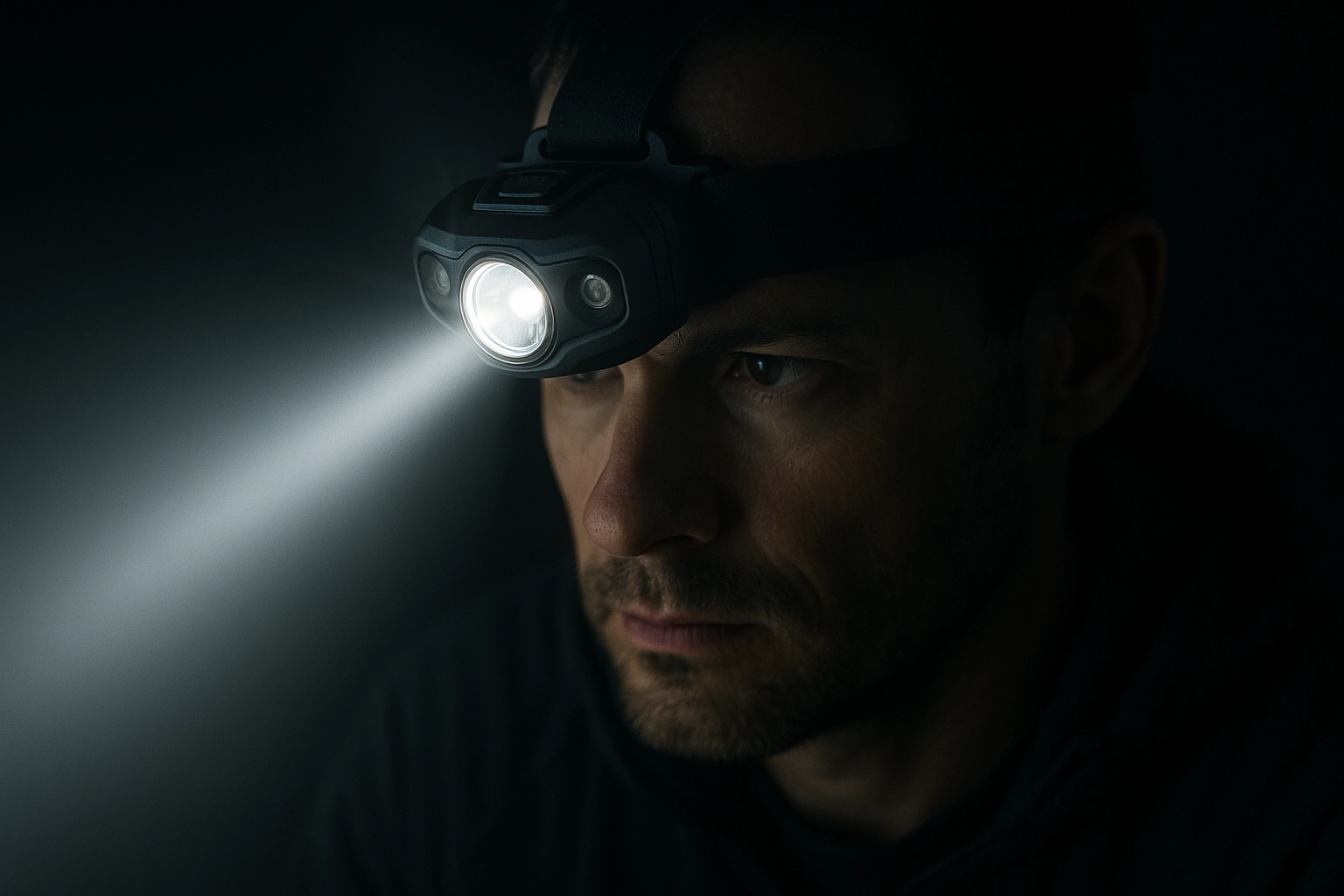DIN 5032 – Headlamp Light Measurement Testing
The DIN 5032 standard is a crucial document in the automotive industry, specifically for the testing of headlamps. This norm sets out detailed procedures and requirements to ensure that headlamps meet international standards regarding their light distribution characteristics.
Headlamp performance is pivotal for road safety as it directly impacts visibility during nighttime driving conditions. DIN 5032 specifies how to measure the intensity, directionality, and color of the light emitted by these components. These measurements are essential in ensuring that vehicles comply with legal requirements set forth by various regulatory bodies worldwide.
Compliance with DIN 5032 is mandatory for manufacturers who wish to sell their products within European markets. The standard covers both near- and far-range headlamp testing, which includes evaluating the beam pattern of high and low beams. This involves measuring parameters such as luminous intensity, cut-off height, width, and throw.
For accurate testing under DIN 5032, specialized equipment is required. Typically, this includes a photometric booth or a tunnel equipped with calibrated optical sensors capable of capturing detailed light distributions. Calibration of these instruments ensures precise measurements that adhere to the standard's specifications.
The process begins with thorough preparation of the headlamp sample. This involves cleaning and aligning the unit according to manufacturer guidelines, ensuring no external factors interfere with accurate testing results. Once ready, the headlamp is placed in the designated measurement position within the photometric booth or tunnel.
During the actual test, multiple angles are captured using high-resolution cameras paired with spectrophotometers capable of measuring both intensity and color temperature simultaneously. Software then processes this data to produce detailed reports on compliance with DIN 5032 requirements.
The testing procedure is highly standardized to minimize variability between different laboratories conducting these assessments. This ensures consistency across various manufacturers and regions, promoting fairness in the market for compliant automotive products.
Accurate testing under DIN 5032 not only helps ensure product quality but also contributes significantly to improving road safety by providing reliable data on headlamp performance. By adhering strictly to this standard during production processes, companies can demonstrate their commitment to meeting regulatory expectations and enhancing overall vehicle safety.
In summary, compliance with DIN 5032 is essential for any automotive manufacturer aiming to produce safe and legally compliant vehicles. Rigorous adherence to the standard's procedures ensures that headlamps perform optimally under various driving conditions, thereby contributing positively towards road safety initiatives globally.
Benefits
- Ensure strict compliance with international standards for headlamp testing.
- Evaluate the performance of headlights accurately and consistently across different environments and conditions.
- Provide manufacturers with reliable data on their product's light distribution characteristics, aiding in continuous improvement efforts.
- Facilitate easier regulatory approvals by meeting stringent requirements set forth by relevant authorities.
- Enhance overall vehicle safety through improved headlamp performance and better visibility during night driving conditions.
- Increase customer satisfaction as compliant products are perceived as safer and more reliable.
Competitive Advantage and Market Impact
Adhering to DIN 5032 not only ensures compliance but also provides significant competitive advantages in the automotive industry. By meeting these stringent standards, manufacturers can differentiate their products from competitors by offering safer, more reliable vehicles.
In today's market where safety features are increasingly becoming key selling points for consumers, demonstrating compliance with such a well-regarded standard as DIN 5032 can attract potential buyers looking for dependable and high-quality vehicles. This can translate into increased sales and brand loyalty among customers who trust in the manufacturer’s commitment to quality.
Moreover, compliance with DIN 5032 helps companies navigate complex regulatory landscapes more effectively. As regulations vary greatly between countries, having a consistent approach to testing ensures that products meet all necessary requirements without additional costs or delays associated with adapting tests for different markets.
The ability to produce headlights that consistently pass DIN 5032 standards also opens up new market opportunities in regions where this standard is widely accepted. It allows manufacturers to expand their reach into European markets and beyond, tapping into larger customer bases.
Overall, compliance with DIN 5032 contributes positively towards the company's reputation as a leader in automotive technology and innovation. This strengthens relationships with partners and suppliers while fostering trust within regulatory bodies responsible for vehicle safety standards.
Use Cases and Application Examples
DIN 5032 plays an integral role in various stages of the automotive manufacturing process, from R&D to final product release. Here are some specific use cases:
- R&D Phase: Engineers can use DIN 5032-compliant testing equipment during early design phases to simulate real-world driving conditions and optimize headlamp performance.
- Prototype Testing: Prototypes undergo rigorous testing under DIN 5032 standards to identify any areas needing improvement before entering mass production.
- Production Line Quality Control: During manufacturing, each headlamp is tested against DIN 5032 criteria to ensure consistent quality across all units produced.
- Field Testing: After vehicles are released to the market, ongoing field testing may be conducted using DIN 5032 methods to monitor long-term performance and durability of headlights.
These applications highlight how DIN 5032 serves as a benchmark for evaluating headlamp quality throughout the entire lifecycle of a vehicle. From initial concept development through final assembly, compliance with this standard ensures that every step in production meets high standards of safety and reliability.





